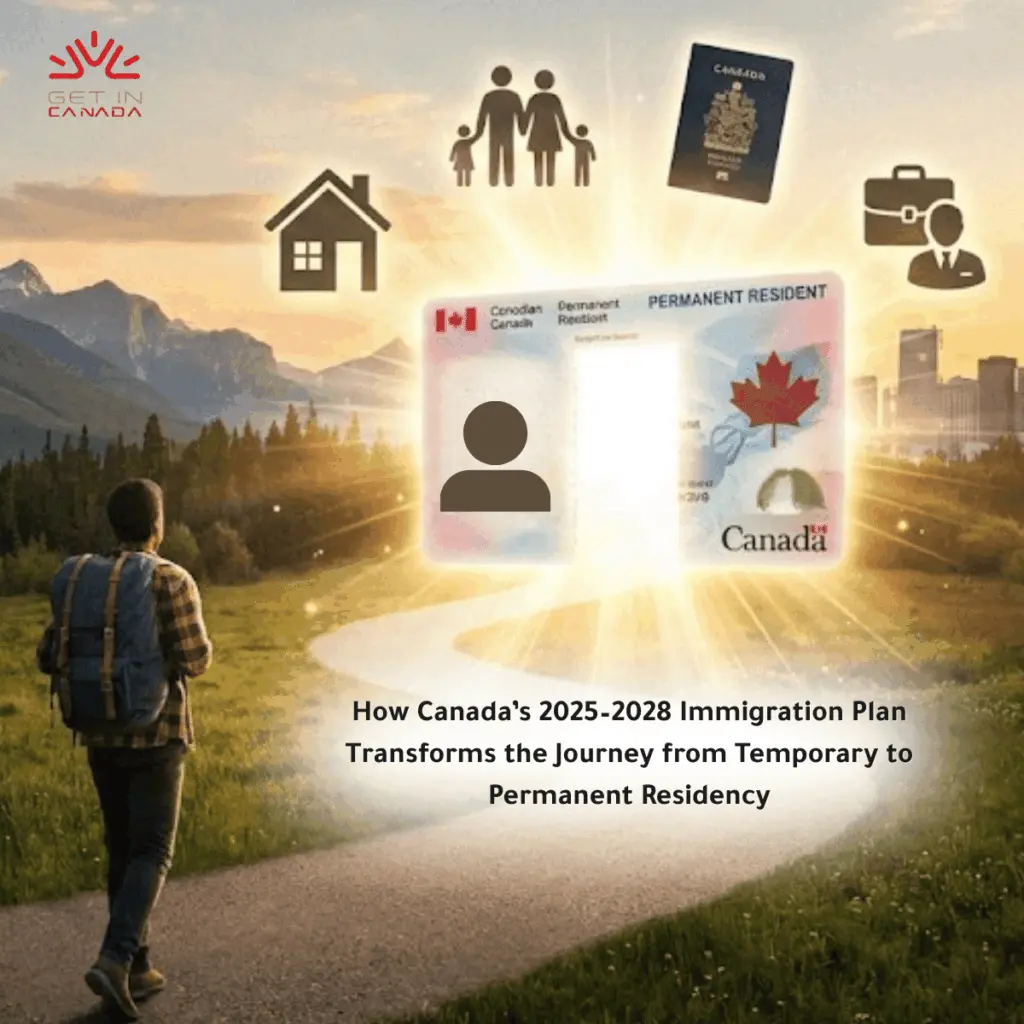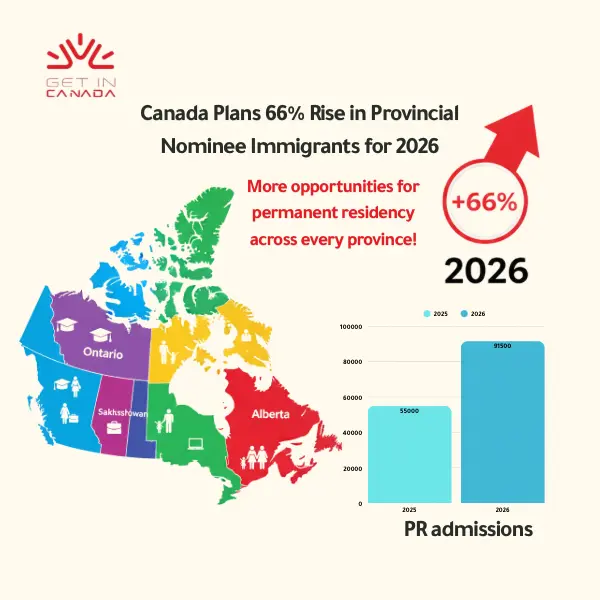Easing entry for skilled workers as Canada faces international talent shortage
Provinces in the Canadian style are in the process of developing strategies to eliminate the serious shortage of skilled trade workers. They hope to coordinate training and certification better and assist international trade-driven workers in finding meaningful work as quickly as possible. The ultimate objective is to remove all obstacles, and proceedings should be as easy as possible. Provinces understand that a unified approach is essential to improving worker mobility, allowing tradespeople to move and work where needed.

Interprovincial Collaboration
Currently, Ontario and Nova Scotia have embarked on an MOU to harmonize the students’ mobility and redress the barriers to skilled tradespeople’s certification in the two provinces.
Labour Minister of Nova Scotia, Jill Balser, said that such collaboration is designed to improve the evaluation of qualified workers to deal with the lack of supply. According to Kim Kennedy, the COO of Nova Scotia’s Apprenticeship Agency, this kind of partnership would enable newcomers in the skilled trades to be well-connected and promising in the labour market.
There are also collaborations between Ontario and Alberta to enhance the skilled trades human capital; the areas under consideration include international credential recognition as well as skills upgrading of international talent for the Canadian environment.
Ontario is also collaborating with other provinces, including Prince Edward Island, New Brunswick, Newfoundland, and Labrador, to decrease the gap and facilitate the employment migration of skilled tradesmen across Canada.
Find out if you are eligible to get in Canada →
A look at the differences between arrivals and vacancies in the skilled trades segment
- Immigration Increase: Just in 2022, Canada’s plan was set to raise the immigration rate to 500,000 individuals per year by 2025. This was well received by the construction and manufacturing businesses, though they took time to point out that only those with construction skills should be allowed in this category.
- Low Skilled Trades Arrivals: However, the program that corresponds to the FSTP is experiencing a decrease in entries to Canada, with only 450 people entering through the FSTP in 2022, as opposed to the higher stats of previous years. This does not even provide enough to cover job openings that exist; electricians 4,865, plumbers and pipefitters 4,010, and carpenters 9,101.
- Qualification Challenges: At present, CIBC says that only 2 to 3 percent of immigrants in the past 10 years entered Canada with skilled trade certification. These limitations favor the provinces with different training standards in the course of service delivery to tradespersons.
- National Standards: The Red Seal Program sets the national standard of certification for tradespeople and means one can work in any province without further testing. That is why FSTP focusing on Express Entry corresponds to the workers skilled in the trades of various types to obtain permanent residency and integration into the workforce as soon as possible.
Non-biased Evaluation and Easy Incorporation
- Provincial Initiatives: Both Ontario and Quebec have started programs to create an easy transition for international trade workers. Through consultation with Ontario’s Fairness Commissioner, regulatory bodies work to ensure that foreign credentials are well assessed, and the working such experts can immediately address the labour shortage in the affected industries.
- Harmonizing Standards: The provinces are in the process of working out the curriculum, training hours, and certification procedures in every part of Canada to make it simpler for a tradesperson to be certified and to work anywhere in the country.
- Government Investment: Unlike some other countries, the Canadian government is committed and offers special attention to the removal of obstacles that apprentices face and access to skills that can enable tradespeople to have magnificent careers.
- Ontario’s FAST Program: Ontario’s newest Focused Apprenticeship Skills Training (FAST) program has been developed from other high school pre-apprenticeship programs such as the Ontario Youth Apprenticeship Program, which commences at the age of 15. As with the case of Germany’s vocational training model, this means that the other provinces could also emulate this model. Germany has developed a model that is respected for integrating theoretical knowledge with practical skills on the job training so that the apprentices can be ready for the current world market.
Attractive Pay and Future Prospects
Prospects High Earning Potential
- Plumbers: They get paid an average of 33 dollars per hour.
- Welders: An average wage rate of $38 an hour as identified in the survey in Alberta.
- Industrial Electricians: Mean of 38 dollars. 50 per hour, although the variability of the rates is as low as $50 and as high as $62 for the regional average.
Debt-Free Start
Apprenticeships too mean that the young tradespeople are paid wages while entering the working world without a student loan burden. Manufacturers’ Association’s President, Dennis Darby, also adds that selecting a trade means that employers will be “knocking down the door pleading with you to stay.”
Investment in Trades
- Canada needs to encourage and pump efforts towards interprovincial cooperation, international sourcing, and sustaining both domestic and international skilled trade personnel.
- To tap into this talent pool, however, there is a need to ensure better recognition of international qualifications for tradespeople.
Building a Resilient Workforce
It is imperative therefore that both the government and employers apply a combination of strategies to fill the gap in the skilled trades. Improving partnership cooperation and investment in the enhancement and development of the foreign skilled workforce will ensure that the skills deficit is effectively addressed and Canada’s economy is strengthened.
To meet the demand for skilled trades in Canada, challenges on the ease of access to foreign workers should be eased, and state cooperation should be enhanced. The provision of efficient recognition of credentials and the fostering of both domestic and global tradesmen will be useful in filling the skill gap. Thus, by increasing these activities, Canada will be able to respond to the current demands in the labour market and create a stronger labour force for the future.











